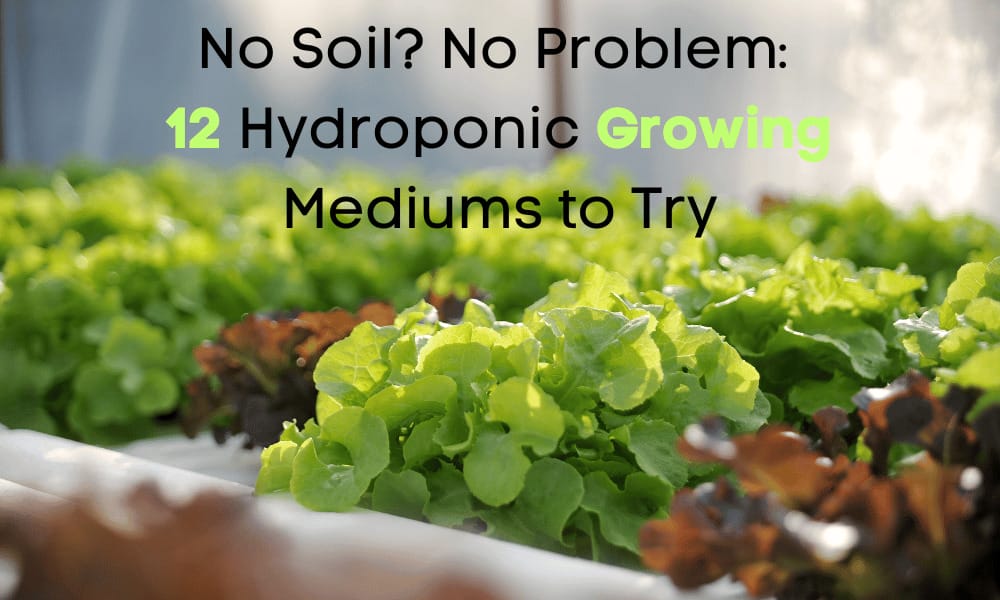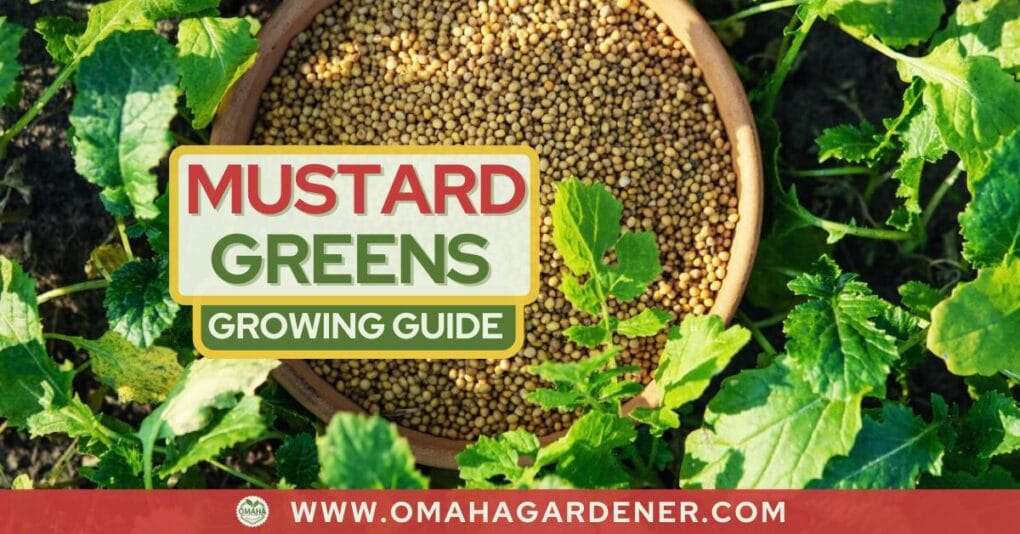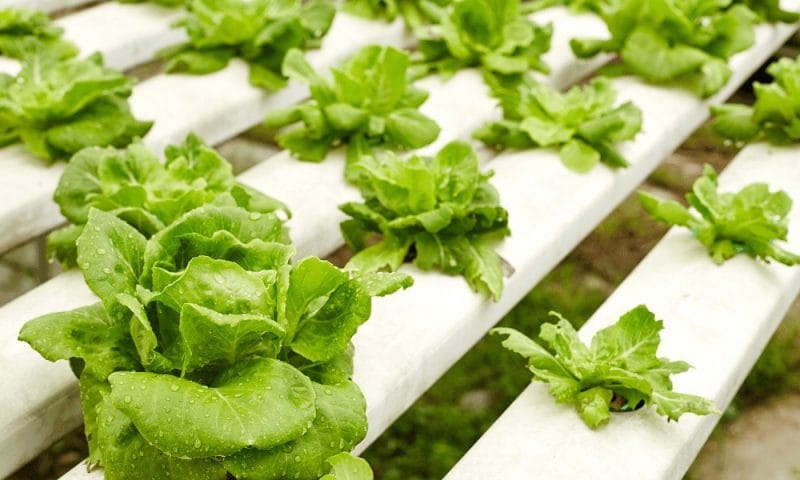
Hydroponic gardening does not involve the use of soil, but it often requires a soil substitute for growing plants. We call them hydroponic growing mediums! Growing media is typically helpful, even if it's unnecessary. This will make sense later! Did you know there are several options to use?
This comprehensive guide will explore the Top 12 Hydroponic Growing Mediums for Soilless Gardening! Perhaps you're a seasoned hydroponics enthusiast or even a beginner looking to start your own indoor garden; this guide will provide you with all the info you need to select the idea growing medium for your needs. I know you are excited to go over each one of them, so let’s go!
Table of Contents
1. Coconut Coir
Coconut coir (Coco Coir), an organic growing medium made from the outer husks of coconuts, is an excellent option for hydroponic gardening due to its ability to retain large amounts of water and oxygen, promoting optimal root system development and plant growth.
Its fibrous structure provides a natural-looking soil-like texture and ensures excellent drainage, preventing water-logging and root rot. What’s more? Coconut coir is eco-friendly, renewable, and easy to handle, making it a popular choice among beginner hydroponic gardeners who do not want to invest in a complex hydroponic system.
By simply placing the coconut coir in a container and adding the nutrient solution, anyone can start hydroponic gardening using this versatile and effective medium. Coco Coir can be purchased on Amazon or in a big box store.

2. Expanded Clay Pebbles / Pellets
Leca, short for “lightweight expanded clay aggregate,” is a hydroponic growing medium made up of small, round pellets of heat-expanded clay.
These clay pellets have a high degree of porosity, making them an excellent water and air retainer. The porous nature of Leca pellets allows them to retain moisture, oxygen, and nutrients effectively, making them an ideal choice for deep water culture (DWC) hydroponic systems.
Unlike clay, which is too heavy and drains too quickly, Leca pellets can keep plant roots submerged at all times, promoting faster and healthier plant growth. Additionally, Leca pellets are reusable if sterilized correctly, making them a cost-effective and eco-friendly option for hydroponic gardening.
With its lightweight, porous structure, and versatile application, Leca has become a popular hydroponic growing medium among gardeners worldwide.
3. Gravel
Gravel is a popular hydroponic growing medium due to its availability and affordability. As a naturally occurring material, gravel can be easily found in many locations, making it a cost-effective option for gardeners.
Gravel is also durable and reusable, making it a long-lasting and eco-friendly alternative to some other hydroponic growing media. However, one of the disadvantages of using gravel is that it does not retain water well, which can be a problem in hydroponic systems that require consistent moisture levels.
Therefore, gravel is best suited for hydroponic systems like Ebb and Flow, where water is periodically pumped in and drained away, ensuring that plant roots receive enough water without becoming waterlogged.
Despite its limitations, gravel remains a popular choice for hydroponic gardening, particularly in DIY hydroponic systems, due to its accessibility, durability, and reusability.
4. Peat Moss
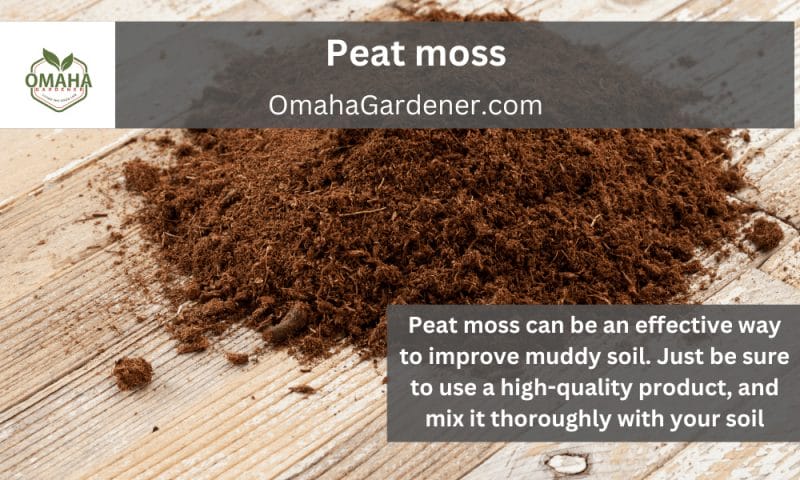
Peat moss is an awesome hydroponic growing medium that can help keep your plants hydrated and well-nourished. However, it's important to keep in mind that peat moss isn't suitable for all hydroponic systems.
One of the main issues with peat moss is that as it decomposes, it can become compacted and create an anaerobic environment around the roots. This can suffocate the roots, preventing them from getting the oxygen they need to thrive.
To prevent this, it's important to mix peat moss with other materials that promote aeration, such as perlite or vermiculite. Adding these materials can help create a more porous growing medium, which allows for better oxygenation and drainage around the roots.
Additionally, it's important to monitor the pH of the peat moss mixture, as it can be acidic and may need to be adjusted to ensure optimal plant growth. With these precautions in mind, peat moss can be an effective and versatile hydroponic growing medium.
5. Perlite
Perlite is a mineral that can be really helpful for hydroponic gardening. Essentially, perlite is used as a growing medium where plant roots can thrive in a nutrient solution.
One of the great things about perlite is its porous nature. The spaces within each perlite particle allow for plenty of airflow and drainage, which is important for healthy root growth. When used in hydroponic systems, perlite troughs are filled with nutrient solution, allowing the roots to absorb the water and nutrients they need to flourish.
Perlite is particularly well-suited to the wick hydroponic system, which is a passive hydroponic system that relies on capillary action to deliver the nutrient solution to the roots. In this type of system, a wick made from a material like cotton or nylon is used to draw the nutrient solution up from a reservoir and into the perlite troughs, where the roots can absorb it.
Overall, perlite is an effective and versatile hydroponic growing medium that can promote healthy root growth and optimal nutrient uptake. Let’s move to the next growing medium, which might also be familiar to you!
6. Pumice
Pumice is a mined mineral, like perlite, that can be super helpful for hydroponic gardening. Pumice is a type of volcanic rock that is lightweight, porous, and with great water retention.
Because of the spaces between each pumice particle, it can hold onto air really well. This is important because plant roots need oxygen to grow properly. The combination of fine and coarse texture in pumice also allows a gardener to adjust the growing medium's drainage capacity, depending on their plants' specific needs.
One thing to keep in mind is that while pumice can be a great option for hydroponic gardening, it's not ideal for all types of systems. For example, it may not be well-suited to ebb and flow systems, which require a medium that can absorb and hold onto water for extended periods of time. However, pumice can be a great choice for systems that require good drainage and aeration.
All things considered, pumice is a versatile and effective hydroponic growing medium that can help your plants thrive. Just be sure to consider your specific system and plant needs before deciding whether it's the right choice for you!
7. Growstones
Grow stones are an excellent hydroponic growing medium that provides a range of benefits for your plants and the planet. If you're looking for a sustainable, effective, and eco-friendly way to grow your hydroponic garden, try grow stones!
Did you know there's a hydroponic growing medium made from a recycled glass called grow stones? It's true! Just like recycled glass substrates, grow stones are made from crushed and melted recycled glass that has been mixed with calcium carbonates to make it safe for use in hydroponic systems.
One of the key benefits of grow stones is their excellent air and water retention. In fact, they have more of these spaces than other popular hydroponic media like perlite and peat. This means your plants will have better access to the oxygen and water needed to grow and thrive.
Grow stones also hold more water than parboiled rice hulls, which can be helpful for plants that require frequent watering. However, it's worth noting that grow stones can be more expensive than some other growing media.
Another advantage of using grow stones is that they are durable and reusable, making them a sustainable choice for hydroponic gardening. Plus, because they're made from recycled materials, they're a great way to reduce waste and help the environment.
8. Oasis Cubes
Oasis cubes are an excellent choice for hydroponic gardeners who want to start seeds or cuttings or grow indoor plants. They're inert, absorbent, and provide a great environment for healthy root growth.
The amazing thing about them is that they are made of foam and are completely inert, which means they won't affect the pH of your growing environment!
One of the great things about oasis cubes is their ability to absorb water and air, which is essential for seed germination and cutting growth. The cells within the foam structure of the cubes can absorb water and air, providing a perfect environment for your seeds and cuttings to thrive.
Another advantage of oasis cubes is their open-cell structure, which allows roots to sprout and expand within the medium easily. This helps to promote healthy root growth and strong, healthy plants.
9. Rice Hulls
Rice hull or husk, is a type of substrate obtained from rice. Because of its high silicon concentration, this material has the advantage of not disintegrating quickly.
One of the benefits of using rice hulls as a hydroponic medium is their ability to retain water while still allowing for good drainage. This is important for ensuring that plant roots have access to water and oxygen, which are essential for healthy growth.

However, rice hulls have a lower water-holding capacity than other hydroponic mediums, so they may need to be watered more frequently. Additionally, rice hulls can break down relatively quickly, which can lead to problems with root compression and poor drainage if they're not replaced regularly.
10. Rockwool
Rockwool is a commonly used hydroponic growing medium that is made from granite and/or limestone rocks. It's one of the most popular and efficient options for hydroponic gardeners due to its many benefits.
One of the main advantages is its ability to hold moisture efficiently, which reduces the risk of plants experiencing moisture deprivation.
Additionally, it is excellent at maintaining oxygen levels, minimizing the risk of overwatering. Rockwool is also resistant to microbes, making it a safe and reliable option for your hydroponic system.
11. Vermiculite
Vermiculite is a widely used hydroponic medium that is favored for its affordability. This highly lightweight and sterile material has several benefits, including excellent water retention and capillary action properties.
Simply adding moisture from above or below will fully hydrate it, and its pH is close to neutral. Although it is not as aerating as perlite, vermiculite holds much water and is much lighter. It is also non-toxic and sterile, making it an ideal choice for hydroponic gardening.
12. Wood Chips
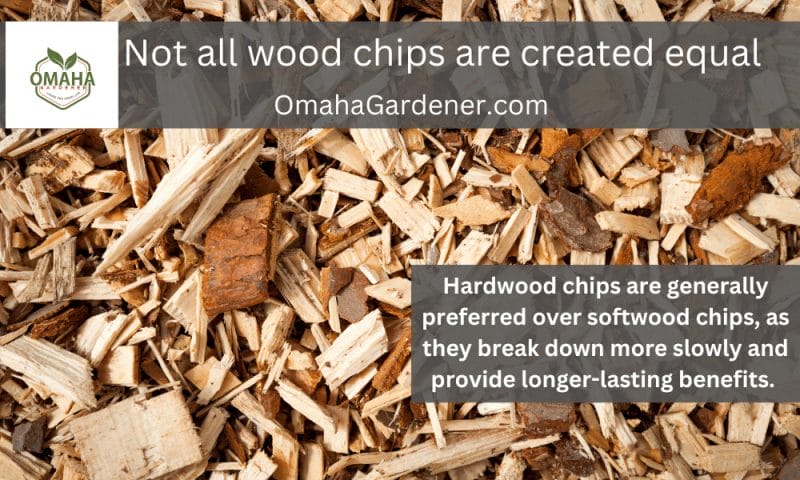
If you're looking for an affordable hydroponic medium, consider using wood chips or shavings. They are often used in drip systems, which constantly pump water to plants.
One of the benefits of using wood chips as a hydroponic medium is their ability to hold water, without becoming too compacted and waterlogged. They also offer an eco-friendly option, as they are made from natural wood.
Remember that the size and type of wood chips can affect their water-holding capacity, so choosing the right type of wood for your hydroponic system is important.
However, it's important to note that you should avoid using contaminated wood chips and ensure that they are properly sterilized before use.
Hydroponic Growing Mediums Cheat Sheet
| Growing Medium | Appropriate Hydroponic System |
|---|---|
| Coconut Coir | Drip system, NFT system, Ebb and Flow system |
| Expanded Clay Pebbles / Pellets | Deep Water Culture (DWC) system, Flood and Drain system |
| Gravel | Wick system |
| Peat Moss | Aeroponic system |
| Perlite | Drip system, NFT system, Ebb and Flow system |
| Pumice | Deep Water Culture (DWC) system |
| Growstones | Drip system, NFT system, Ebb and Flow system |
| Oasis Cubes | Aeroponic system |
| Rice Hulls | Wick system |
| Rockwool | Drip system, NFT system, Ebb and Flow system |
| Vermiculite | Drip system, NFT system, Ebb and Flow system |
| Wood Chips | Wick system |
Conclusion
Hydroponic growing mediums offer a variety of options for growers to choose from. Each medium has its own advantages and disadvantages, and the choice depends on the specific needs of the plant and the type of hydroponic system being used.
Remember, some of the most popular mediums include rockwool, coconut coir, perlite, vermiculite, clay pellets, and grow stones. Other options include recycled glass, wood chips, pumice, and peat moss.
Regardless of the medium, it's important to maintain proper pH levels and nutrient balance in the nutrient solution to ensure healthy plant growth. Hydroponic gardening can provide a sustainable and efficient way to produce healthy and nutritious plants with the right growing medium and care.
Frequently Asked Questions
What kind of equipment is needed for hydroponics?
The equipment needed for hydroponics will depend on your specific system. Still, generally, you will need a container for the plants, a pump to circulate the nutrient solution, and a pH meter to monitor the solution's acidity.
How much does it cost to set up a hydroponic system?
The cost of setting up a hydroponic system can vary widely depending on the size and complexity of the system, as well as the types of plants you are growing. However, a basic setup can cost as little as a few hundred dollars.
Can hydroponics be used for commercial farming?
Yes, hydroponics is increasingly being used for commercial farming, particularly in areas where traditional farming is difficult or impossible due to limited space, water availability, or soil quality.
What growing medium is best for a hydroponics system?
Ultimately, the best-growing medium for hydroponics depends on the plants' specific needs, the hydroponic system used, and the grower's preference.
Can you reuse growing media?
Yes, growing media can be reused, but it depends on several factors. If the media has only been used once and the plants that grew in it did not have any disease or pest problems, then it can be cleaned and sterilized before being used again. However, if the media was contaminated with pathogens, it should not be reused to prevent the spread of disease to the next batch of plants.

